Galvanized steel strip has a shiny surface. Its fine zinc coating provides excellent corrosion resistance and adhesion, making it ideal for applications in industries such as home construction and material handling. However, have you noticed that after a period of use, the surface of galvanized steel strip may begin to turn white? What causes this? Does this affect its quality? Let's explore these questions together!
The whitening problem of galvanized steel strip is primarily due to improper storage. The air, temperature, and humidity in the storage environment can all affect the galvanized steel. To prevent this, store the galvanized steel strip in a suitable environment.
When storing galvanized steel strip, ensure that the environment is dry and well ventilated, and keep the surface free of moisture, as excessive moisture can cause corrosion.
What are the causes and common phenomena of galvanized sheet corrosion?
1. Throughout the service life of galvanized sheet, the first corrosion to occur is oxidation of the zinc coating, forming "white rust." Over time, this "white rust" reacts with impurities such as carbon dioxide in humid air, forming "black spots."
When galvanized sheet has been used for a long time and the zinc coating corrodes severely, the steel base loses the "sacrificial corrosion protection" of zinc and begins to oxidize, forming "red rust." Once the steel base begins to oxidize, the corrosion rate becomes very rapid, and the lifespan of the galvanized sheet is thus over.
2. Galvanized sheet also has two special corrosion conditions called "blackening."
One is that after a period of use, the dull areas of the spangles will turn black due to the influence of elements such as lead in the galvanized layer. The blackened galvanized layer still protects the steel base, but it has a certain impact on the lifespan. This situation has been greatly improved since the use of antimony to promote spangle formation was replaced by the discontinuation of lead.
Another situation occurs during transportation of galvanized sheet. Due to the low coiling tension, the steel strip layers are loose, and the areas where the steel coil contacts the skids rub against each other, causing oxidation. The white oxide is rubbed off, leaving black spots on the surface of the galvanized sheet. This damages the passivation film, thinning the galvanized layer, and shortening the lifespan of the galvanized sheet. The lifespan of galvanized sheet metal is significantly reduced, and its appearance is also affected.
3. Galvanized sheet metal has excellent corrosion resistance in dry or pollution-free environments. However, in polluted environments, its lifespan is significantly shortened, and it must be pre-coated to produce colored sheet metal before use.
4. Generally, corrosion of galvanized sheet metal does not occur uniformly across the entire surface. Instead, the coating corrodes first in areas where the bond between the coating and the substrate is poor, causing severe localized corrosion and loss of performance. Therefore, the adhesion of the galvanizing layer, especially its overall adhesion, is more important than its thickness.
If the galvanizing layer has poor adhesion in certain areas, rust will begin in those areas, even if the coating is thick. This is similar to the "bucket principle" and is something galvanizing production technicians must understand.
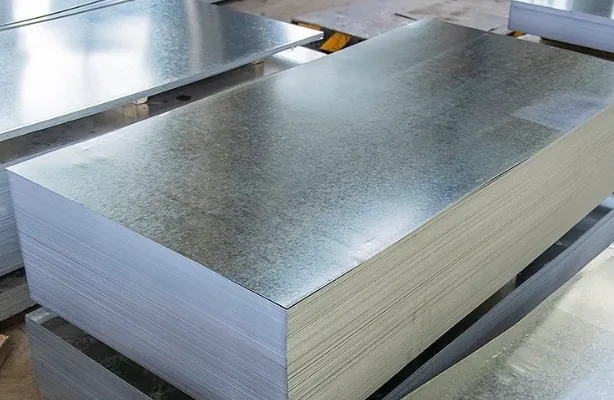
Which is more susceptible to corrosion, galvanized sheet or galvanized pipe?
Generally speaking, galvanized pipes are more susceptible to corrosion than galvanized sheets because the pipes have structural weaknesses such as welds, elbows and water accumulation in the inner cavity, which can easily damage the galvanized layer or cause local water stagnation. The flat structure of galvanized sheets is easier to keep the coating intact and allow for smooth drainage.
What are the standards for galvanized steel sheets?
International Standards
ASTM A653/A653M: Hot-dip galvanized steel sheet (US standard)
EN 10346: Continuously galvanized steel sheet (European standard)
JIS G3302/JIS G3312: Japanese standard for galvanized steel sheet
Key Specifications
Galvanizing Type: Hot-dip galvanizing (
GI), electrogalvanizing (EGI)
Coating Thickness: Calculated in grams per square meter or microns, such as Z275 and Z350
Mechanical Properties: Yield strength, tensile strength, elongation, etc.
Surface Quality: Flatness, no pinholes, no flaking, no obvious spangles






 English
English Español
Español بالعربية
بالعربية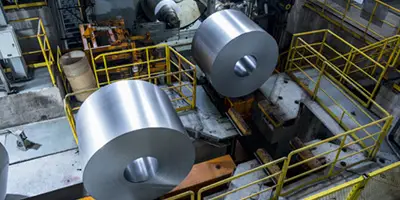
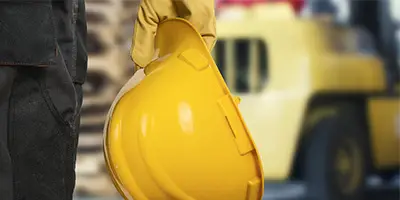
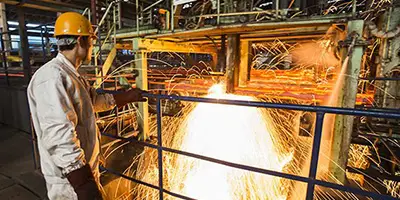
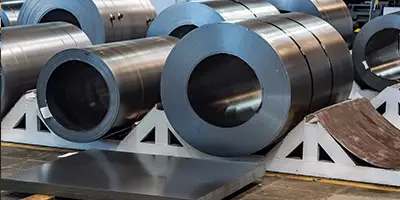

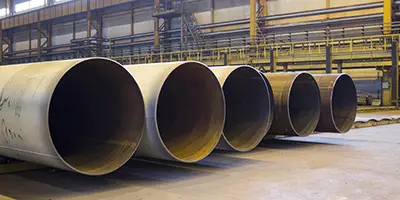
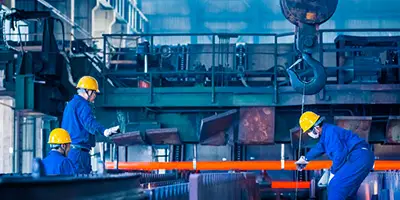
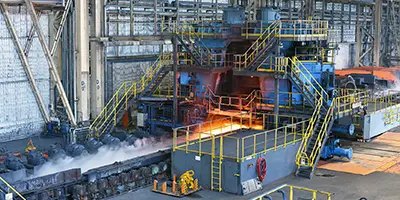
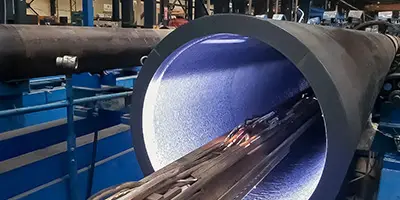
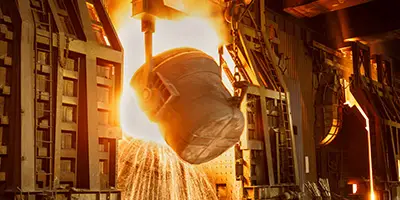
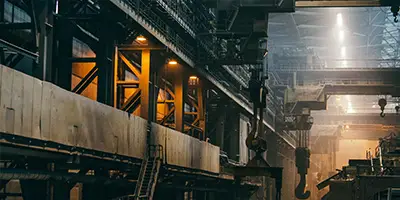

 Phone :
Phone :  Whatsapp :
Whatsapp :  Email :
Email : 


